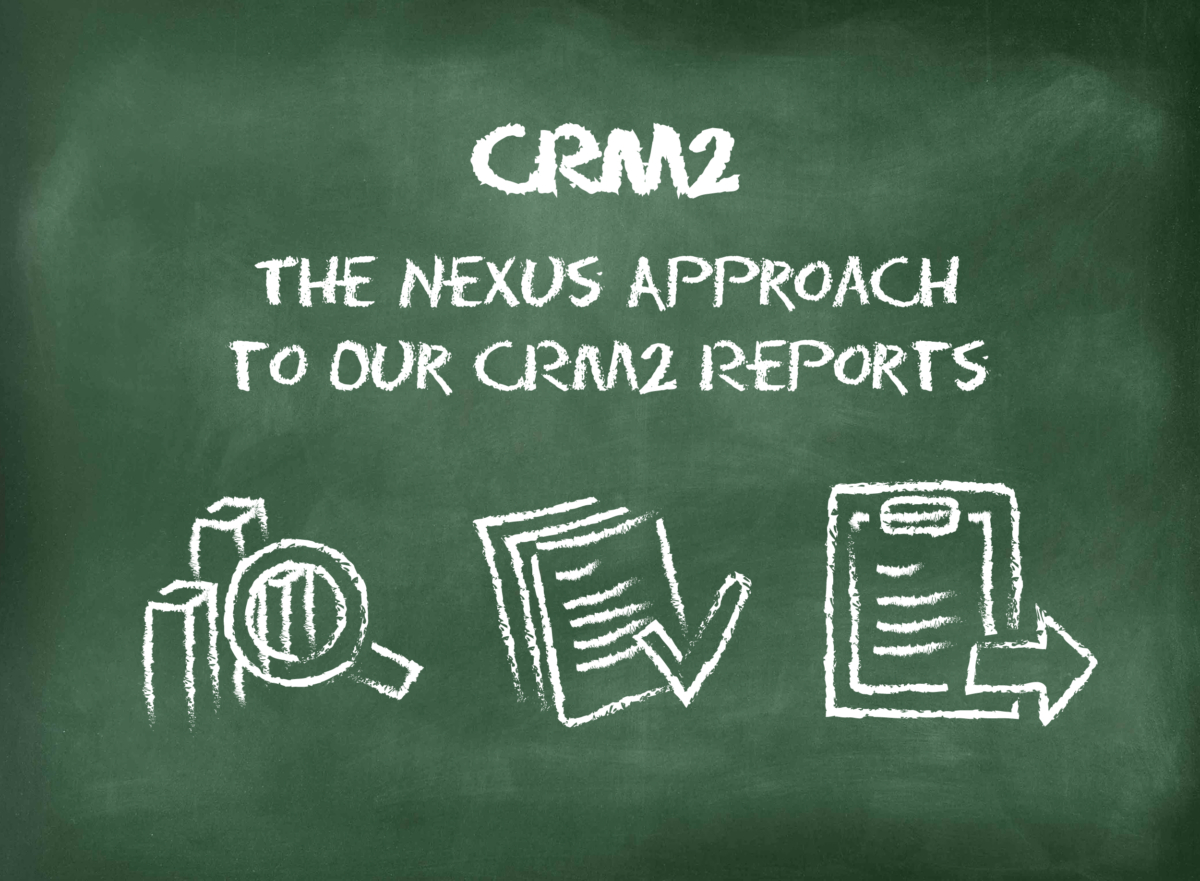CRM2: The Nexus Approach to our CRM2 Reports
With changing securities regulations coming into effect, investment firms are now required to provide individual investors with specific additional information about their portfolios at least annually. Most firms, Nexus included, will begin providing reports containing this additional information in January for the calendar year just ended.
We have previously commented on this new information in our CRM2: Cutting Through the Complexity series and in a special issue of our newsletter, Nexus Notes. Here we provide a description of what Nexus’s CRM2-compliant reports will look like in an easy-to-understand way.
Reports must be provided for each account a client holds. Thus, a couple with RRSP and tax-free savings accounts for each person, along with a “cash” or taxable account held jointly will receive 5 separate CRM2 reports from their management firm. Each contains information about two broad topics: the investment performance of an account, and the compensation paid to Nexus in respect of the account.

Investment Performance
The investment performance information is presented in three different, but complementary ways. The first is a “Change in Market Value” table. It shows, in dollars and cents, the value of the account at the beginning and end of 2016, as well as the change between those two values caused by each of the following: (a) additions or deposits to the account by the accountholder; (b) withdrawals from the account by the accountholder; and (c) the combination of investment income, capital gains or losses, and fees and expenses.
The second way investment performance is presented is as a “total percentage return”. This is a rate of return that expresses the total of (a) all income earned in the account, (b) cumulative realized and unrealized capital gains and losses in the account, minus (c) all fees and expenses for the account, as a proportion or percentage of the average dollar value of the account. This performance measurement is a “net” return – the return after deducting all fees and expenses. In addition, because it is “dollar-weighted”, the return is influenced by the timing and size of deposits to and withdrawals from the account by the accountholder.
Finally, investment performance is presented graphically with a simple bar chart. The chart shows the value of the account – both absolutely and comparatively – at the beginning and end of 2016.
Fees
In addition to investment performance, the report addresses two aspects of Nexus’s compensation pertaining to an account. The first is the fee, in dollars and cents, paid to Nexus in 2016. The second is a table outlining the fee schedule or formula used to calculate the fee. To tie those two aspects together, the report also shows the fee paid as a percentage of the average annual account value.
We have endeavoured to provide the information required by regulation in as meaningful a way as possible. In the future, the layout and content of these reports will doubtless change depending on input from clients and changing requirements. However, it is our aim to provide clients with the information needed to understand CRM2 and cut through the complexity. At Nexus, we believe transparency and disclosure are important: every investor should understand how their investments performed and what they are paying for investment management.
Looking for further reading on our CRM2 blogs? Click here to visit our CRM2: Cutting Through the Complexity series. You can also read the full series in our Special Edition of Nexus Notes here.

